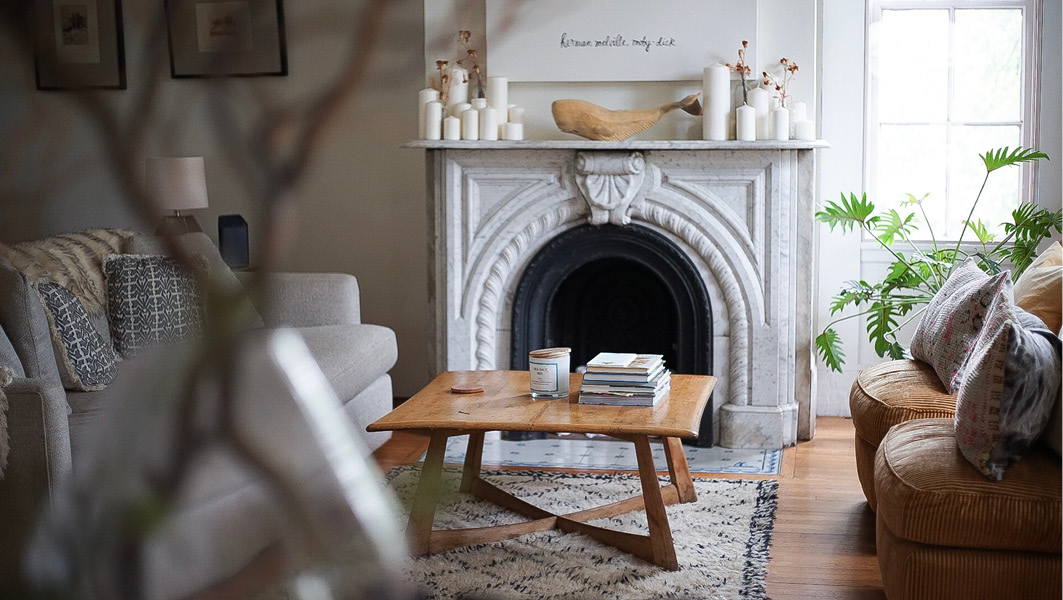Must-Know Tips for Home Buyers Before You Buy!
There is no single objective way to determine whether a home is right for a particular buyer. However, there are many objective criteria that prospective home buyers can use to flesh out the kind of home they want, and limit their home search to properties that meet those requirements. When home buyers carefully evaluate the attributes of each property, they will have a better idea if the home will suit them appropriately. Here are some points to consider when searching for a new home:
Location
Home buyers may have read the popular mantra “location, location, location” and conclude that location is the greatest feature of a property. The truth is that while location is a crucial part of the decision-making process, it should be considered as part of the bigger picture. Buying a home that does not fit a buyer’s needs but happens to be in a good location may not be the most practical choice. Proximity to necessary or wanted services, access to good schools and ease of getting from one place or another are all viable reasons buyers might prefer one location over another.
Size
The size of the home is often a vital factor, but it may be tricky to decide what is the the “right” size. The size of the home should be appropriate for the home buyer in the present, but also for when size needs change. Additionally, there are two ways to assess size: square footage and spaciousness. A 2,000 square foot home might have three bedrooms or five. It could have huge, walk-in closets, or very little storage space at all. It may feel open and airy, or closed and private. When thinking about size, buyers should take these concerns into account and create specific preferences on how to best use the square footage of the home.
Style and Layout
Given the investment of purchasing a home, buyers should feel free to place some emphasis on the home’s architectural style, design and overall layout. People sometimes feel like they should not set preferences on what they perceive as largely aesthetic, because they may think it is frivolous. However, for a home in which a person might live for decades, aesthetic pleasure is important and ultimately ascribes value to the home. A one-story rambler might be more appropriate for someone who wants free, fast movement from one end of the home to another. A buyer who prefers to keep the sleeping areas more private from visitors might prefer to have the bedrooms on a second floor or at least away from the living area. Similarly, open floor plans are quite popular, but people who like a separation between the individual zones of the home’s living areas shouldn’t feel obligated to follow current conventions.
Price
The price of the home may be the one factor that has fairly objective limits. Most buyers have a budget and as a result, are restricted by price. Your cash reserves and the amount of your residential loan will dictate how much you may spend. However, in many regions, these limits provide a great deal of wiggle room. Financial experts often recommend that buyers try to avoid buying homes at the maximum of their buying power so that their finances are not tapped when it comes time to maintain or improve the property. This may not be an option for people buying in a high cost-of-living area or those with limited income. In these cases, buyers might choose to look at other, more affordable locations to buy a home that better meets their long-term expectations.
Property and Area Amenities
Buying a property calls for prospective owners to answer the following questions: Does this property have everything I need? Can the neighborhood or nearby areas provide what I cannot get from the property? Will the property support improvements and features I want to add? Making upgrades can often solve problems that are inherent at the time of purchase, but there are exceptions. No amount of maximizing space will turn a small yard into a big one, if that is what a buyer wants. A careful analysis of the amenities of the property and the offerings found in the community will help buyers target homes and neighborhoods that suit their needs.
Overall Condition
Ask five homeowners to define a “fixer-upper,” and they may give five unique answers. The condition of the home is vital to the buying process, because buyers need to know how much work they will have to perform after they close on the property. A home that needs a little care or a few upgrades might be ideal for someone who is looking for a property that they can customize and maybe save some money on the purchase price. People who are too busy or otherwise uninterested in making serious upgrades at the beginning would be better off buying homes that require little or no work to be move-in ready.
Resale Value
Future resale value has a way of wrapping all the various components of a property into one package. The home should not only meet your wants and needs but it should also appeal to a future buyer. On a broad level, properties should appreciate over time. However, various regions and neighborhoods encounter regular fluctuations in value. Buyers who are not planning to live in the home for decades should carefully research the real estate trends in desirable neighborhoods and get expert opinions on the expected resale values in the near future. Choosing a stable or upcoming location, and buying a property in good condition at a reasonable price are excellent ways to increase the likelihood of a good resale value. Few buyers will find the truly perfect home, so careful research must be done to determine your true home preferences and determine the deal-breakers. By knowing these criteria, buyers can better ensure an ideal investment with which they will be satisfied for years to come.
This article was written for Usaj Realty compliments of Gary Ashton.
Gary Ashton is a realtor in Nashville, Tenn. You may contact him at:
The Ashton Real Estate Group of RE/MAX Advantage
210 12th Ave South, Suite 201
Nashville, TN, 37203
(Editor’s note: This blog was originally published in November of 2017. It has been revised and updated to reflect new information).




